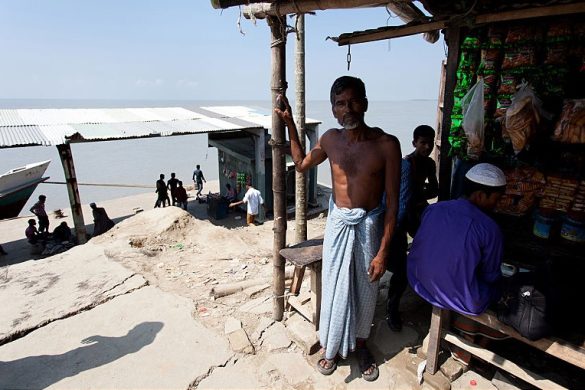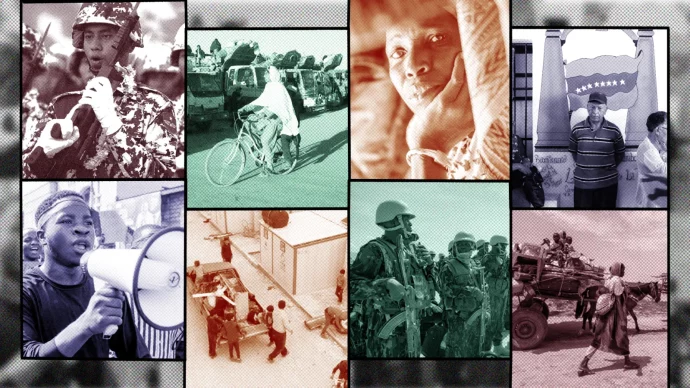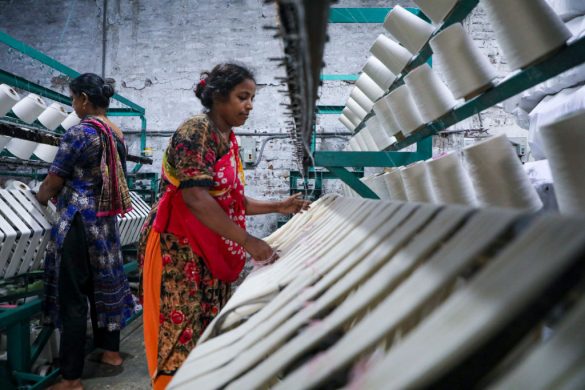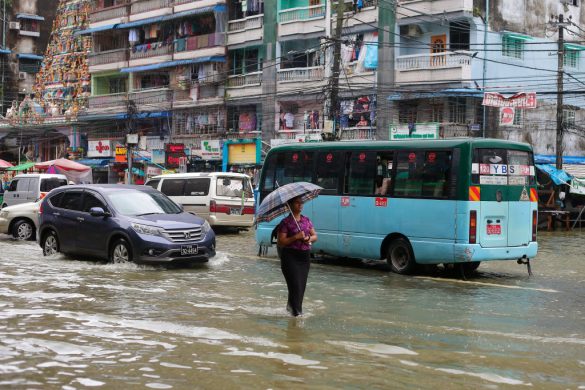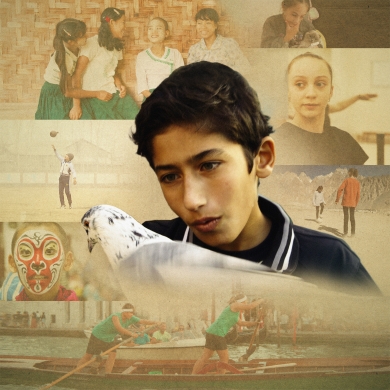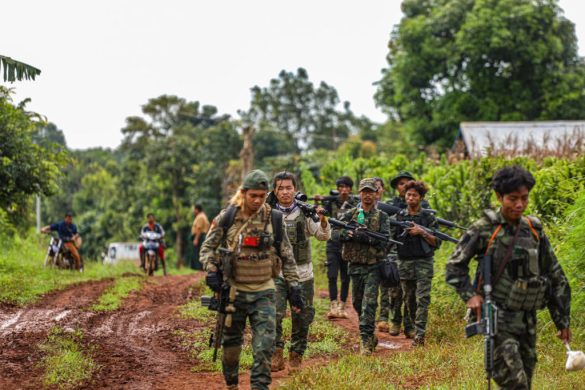NEW YORK, 10 November 2017 (UN News): The United Nations migration agency and its partners are rushing to build roads in Bangladesh’s Cox’s Bazar to improve humanitarian access to hilly terrain, where hundreds of thousands of Rohingya refugees have settled in makeshift camps.
The sites where the Rohingyas have settled are desperately overcrowded and located on inhospitable terrain with insufficient drainage and little or no road access, the International Organization for Migration (IOM) said Friday.
The few roads that exist are impossibly congested, making it extremely difficult to reach refugees with the support and services they need.
826.000 flygtninge ved byen
Since 25 August, an estimated 613,000 Rohingya refugees have arrived in Cox’s Bazar, fleeing violence in Myanmar. The total refugee population in the area is now over 826,000.
IOM is responsible for coordinating site management at a site now home to an estimated 423,000 refugees.
IOM officials said that people hike for hours under the scorching sun, often carrying heavy loads from distribution points, to reach their shelters. Steep hills and dangerous paths mean that children, the elderly and people with disabilities are often unable to move around the site.
In October, IOM built some 850 metres of road into Balukhali to enable humanitarian agencies to deliver lifesaving assistance to at least 50,000 refugees.
“The road has vastly improved access for both refugees and humanitarian actors,” said IOM Water, Sanitation and Hygiene (WASH) Project Officer Stephen Waswa Otieno.
“Contractors can now deliver materials inside the site, which has allowed us to build new, essential infrastructure. For example, one of our partners has just built a new distribution centre, bringing aid much closer to the families who need it,” he notes.
Seks vejprojekter i gang
IOM is currently working on six other projects, providing more access from main roads outside the sites, and inside the sites. It is also building five bridges, which will allow people and vehicles to cross canals and streams in different areas of the sites.
The agency is also working to mitigate the threat of landslides on the newly de-forested land where many of the shelters perch on steep hillsides.
IOM teams have been distributing bags that the refugees can fill with soil and use to create retaining walls and steps. These can also be used to raise shelters off mud floors, helping to keep them dry, especially when flash floods occur.
Immunizing new arrivals against measles
Meanwhile, the World Health Organization (WHO) and the UN Children’s Fund (UNICEF) are stepping up immunization efforts in overcrowded camps and makeshift shelters close to the border with Myanmar in response to an increase in the number of suspected measles cases among the newly arrived Rohingya and their host communities.
“Children are especially at risk from outbreaks of measles and other communicable diseases that result from the crowded living conditions, malnutrition and severe lack of water and sanitation in the camps and other sites,” said Edouard Beigbeder, UNICEF Bangladesh Representative.
“To halt any wider outbreak, it’s essential that coordinated efforts begin immediately to protect as many children as possible.”
The UN agencies and its partners will administer measles and rubella vaccine to nearly 360,000 people in the age group of six months to 15 years among the new Rohingya arrivals in Cox’s Bazar and their host communities.
As of 4 November, one death and 412 suspected cases of measles have been reported among the vulnerable populations living in Cox’s Bazar.
“As part of stepped up vaccination efforts, 43 fixed health facility sites, 56 outreach vaccination teams and vaccination teams at main border entry points will administer MR vaccine to population aged six months to 15 years,” said WHO Representative to Bangladesh N Paranietharan.






